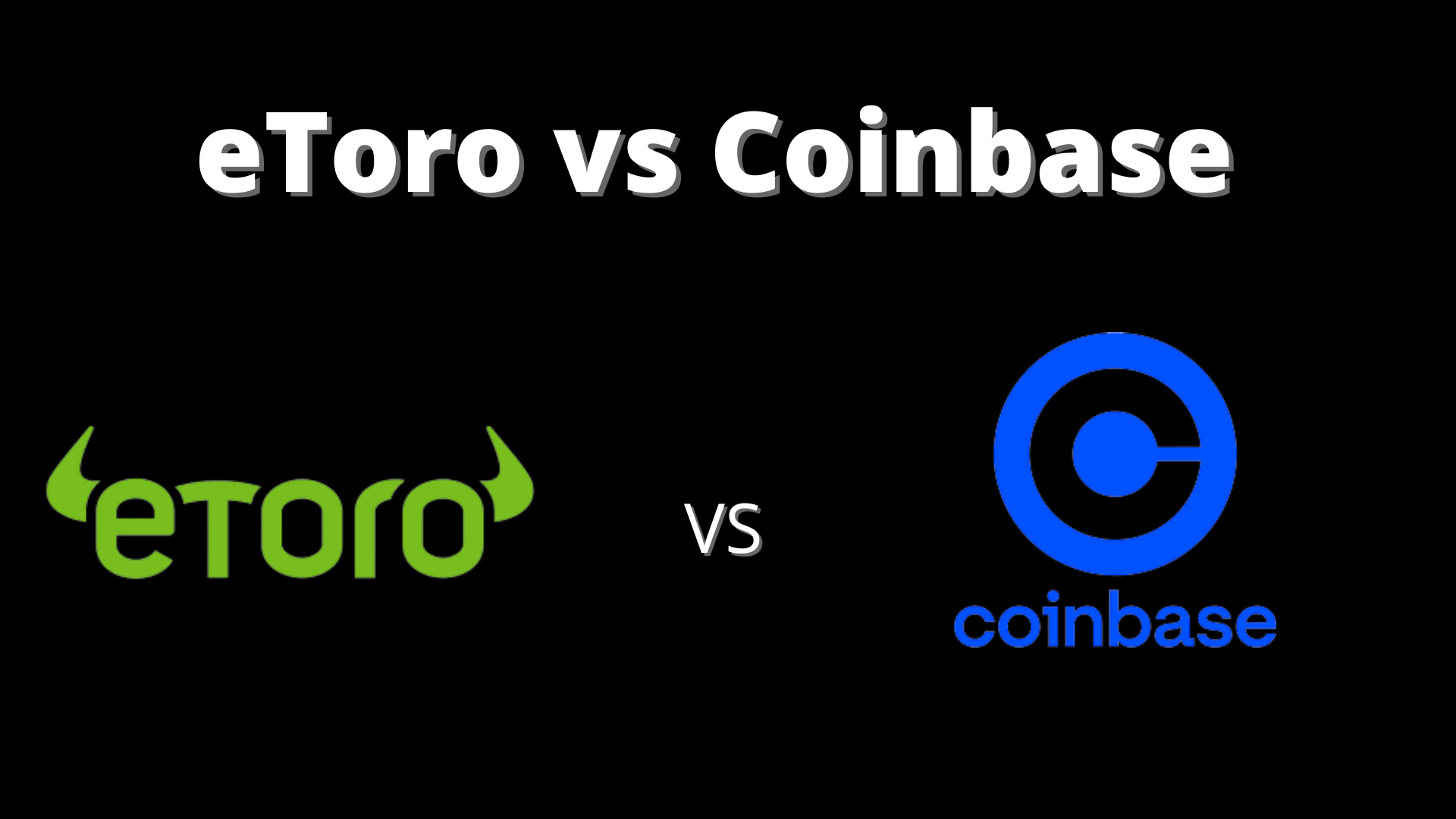TOKYO — As Japan’s space agency prepares for its first moon landing early Saturday, it’s aiming to hit a very small target.
The Smart Lander for Investigating Moon, a lightweight spacecraft about the size of a passenger vehicle, is using “pinpoint landing” technology that promises far greater control than any previous moon landing.
While most previous probes have used landing zones some 10 kilometers (6 miles) wide, SLIM is aiming at a target of just 100 meters (330 feet).
It’s the fruit of two decades of work on precision technology by the Japan Aerospace Exploration Agency, or JAXA. If successful, it would make Japan the fifth country to land on the moon, after the United States, Russia, China and India.
The mission’s main goal is to test new landing technology that would allow moon mission to land “where we want to, rather than where it is easy to land,” JAXA has said. After landing, the spacecraft will seek clues about the origin of the Moon, including analyzing minerals with a special camera.
The SLIM, equipped a pad to cushion impact, aims to land near the Shioli crater, near a region covered in volcanic rock.
The closely-watched mission comes only 10 days after a moon mission by a U.S. private company failed when the spacecraft developed a fuel leak hours after the launch.
SLIM lowered its orbit to 15 kilometers (9.3 miles) above the lunar surface on Friday, from which it will make a final approach to a touchdown, JAXA said. The attempt is scheduled 20 minutes after midnight Saturday, Tokyo time.
Nicknamed the Moon Sniper, it was launched on a Mitsubishi H2A rocket in September. It initially orbited Earth, entered lunar orbit on Christmas Day.
Japan also hopes a success will help regain confidence for its space technology after a number of failures. A spacecraft designed by a Japanese company apparently crashed during a lunar landing attempt in April, and a new flagship rocket failed its debut launch in March.
JAXA has a track record with difficult landings. Its unmanned Hayabusa2 spacecraft, launched in 2014, touched down twice on the 900-meter (3,000-foot)-long asteroid Ryugu, collecting samples that were returned to Earth.
SLIM is carrying two small autonomous probes, “lunar excursion vehicles” LEV-1 and LEV-2, which will be released just before landing.
LEV-1, equipped with an antenna and a camera, is tasked with recording SLIM’s landing. LEV-2, is a ball-shaped rover equipped with two cameras, developed by JAXA together with Sony, toymaker Tomy and Doshisha University.
JAXA will broadcast a livestream of the landing, while space fans will gather to watch the historic moment on a big screen at the agency’s Sagamihara campus southwest of Tokyo.
















